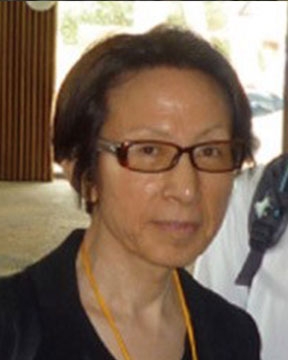Abstract:
The subloading surface model proposed by the author possesses the high generality and it is regarded as the governing law of the irreversible deformation behavior of solids. The distinguished features of the subloading surface model will be explained concisely in the presentation. The main items are listed below.
1) The underlying concept of the subloading surface which insists that the plastic strain rate develops as the stress approaches the yield surface, exhibiting the smooth elastic-plastic transition leading to the continuous variation of the tangent stiffness modulus,
2) The subloading surface model by which the cyclic loading behavior is described accurately, while the other models, e.g. the multi surface (Mroz), the bounding (Dafalias) surface and the superposed kinematic hardening (Chaboche) models are incapable of describing the cyclic loading behavior for small stress amplitudes because they are based on the the yield surface enclosing the purely-elastic domain,
3) The subloading-overstress model by which the viscoplastic strain rate is described accurately at the general rate of deformation from the static to the impact loading,
4) The multiplicative-subloading hyperelastic-based (visco)plasticity for the exact descriptions of the finite elastic and (visco)plastic deformations,
5) The multiplicative-subloading hyperelastic-based crystal (visco)plasticity model for the exact description of the finite elastic and (visco)plastic deformations of crystalline solids,
6) The subloading-friction model for the exact description of the dry and the fluid (lubricated) frictions at the general rate of sliding from the static to the impact sliding.
|

